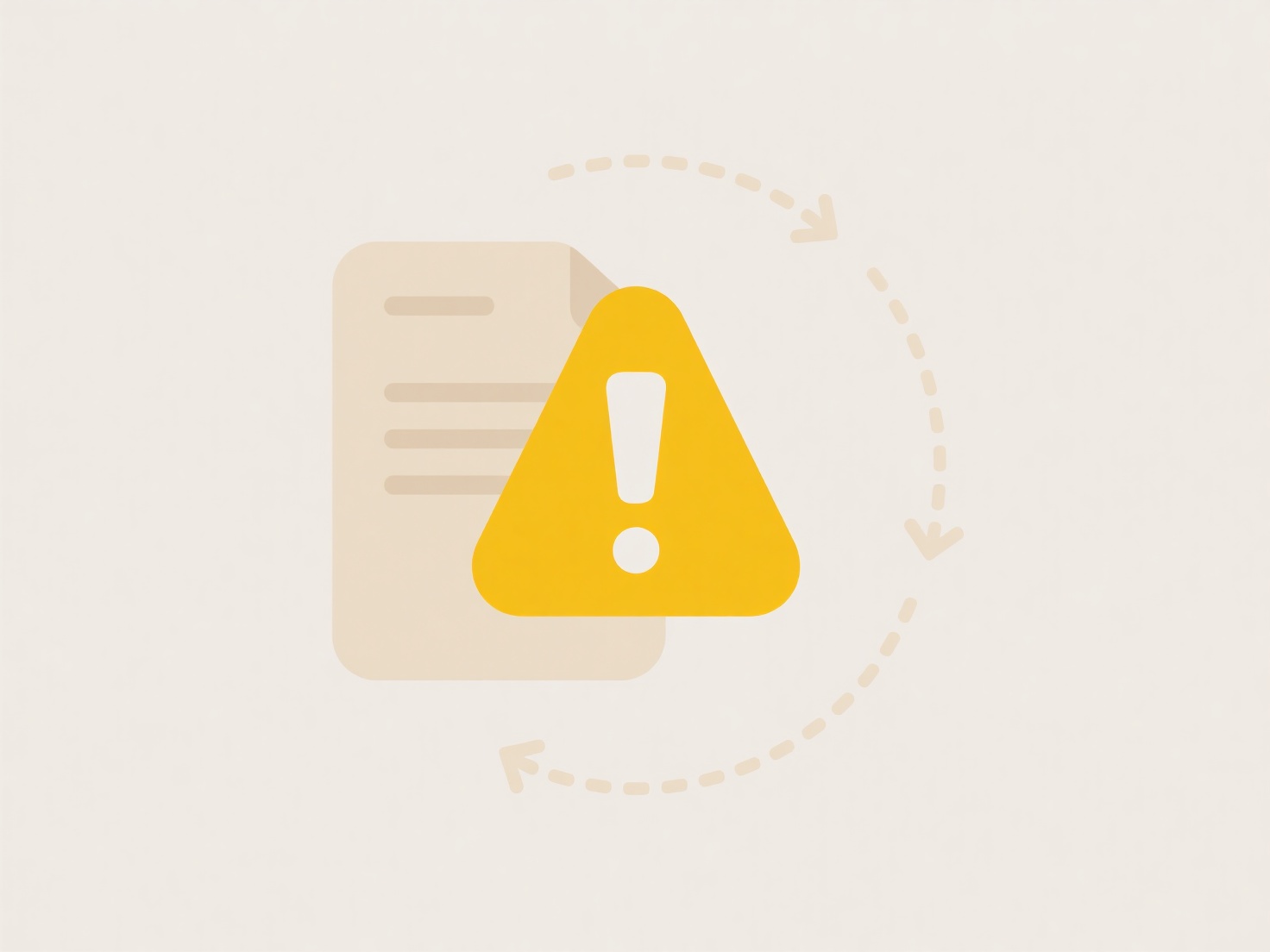
File export compliance risks refer to potential violations of regulations when transferring data outside organizational systems. These occur primarily due to exposing sensitive or controlled data improperly. Key risks include unauthorized access to regulated data like PII (Personally Identifiable Information) during transfer, violating geographical restrictions (data residency laws), or sending data to insecure storage locations lacking sufficient safeguards. This differs from internal data storage risks by involving external movement and different jurisdictions.

For example, exporting a file containing EU customer addresses to an unprotected cloud server in another country could violate GDPR (General Data Protection Regulation) requirements for data residency and security. Similarly, a healthcare provider accidentally emailing patient health records externally without encryption breaches HIPAA (Health Insurance Portability and Accountability Act) mandates in the US.
Failure to manage these risks can result in severe penalties, reputational damage, and loss of customer trust. Mitigation involves deploying technical controls like encryption and access restrictions during export workflows, regular audits, and staff training. Complexities arise with evolving global regulations and the increased use of third-party cloud platforms. Robust data classification and export control automation are becoming critical investments.
What are common compliance risks during file export?
File export compliance risks refer to potential violations of regulations when transferring data outside organizational systems. These occur primarily due to exposing sensitive or controlled data improperly. Key risks include unauthorized access to regulated data like PII (Personally Identifiable Information) during transfer, violating geographical restrictions (data residency laws), or sending data to insecure storage locations lacking sufficient safeguards. This differs from internal data storage risks by involving external movement and different jurisdictions.

For example, exporting a file containing EU customer addresses to an unprotected cloud server in another country could violate GDPR (General Data Protection Regulation) requirements for data residency and security. Similarly, a healthcare provider accidentally emailing patient health records externally without encryption breaches HIPAA (Health Insurance Portability and Accountability Act) mandates in the US.
Failure to manage these risks can result in severe penalties, reputational damage, and loss of customer trust. Mitigation involves deploying technical controls like encryption and access restrictions during export workflows, regular audits, and staff training. Complexities arise with evolving global regulations and the increased use of third-party cloud platforms. Robust data classification and export control automation are becoming critical investments.
Related Recommendations
Quick Article Links
How do I handle naming when multiple files share similar titles?
How do I handle naming when multiple files share similar titles? Naming files with similar titles often leads to confu...
What’s the difference between cloud storage and a cloud drive?
Cloud storage refers to the foundational technology of storing data on remote servers accessed over the internet. It pro...
Should I keep edited and original photos in the same folder?
Should I keep edited and original photos in the same folder? Storing edited copies alongside original photos in the sa...